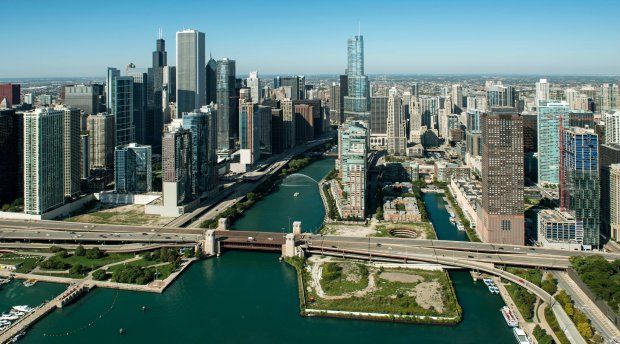Emergency Homeowner’s Program Fails to Reach Many in Need
Post Views 0Experts say that the United States economy cannot resolve its issues until the housing market first resolves its problems. The Housing Department started an Emergency Homeowner’s program that over 100,000 people applied to. Now, the department is forecasting only being able to give 10,000 to 15,000 people a loan.
This program targeted potential homeowners that could not receive aid from other federal programs for various reasons. Many had high expectations and hope for this program’s ability to help many people own a home, and ultimately, strengthen the housing market again.
Pennsylvania started a similar program in 1983. Since then, the program has been very successful. It has reached tens of thousands of Pennsylvania residents since its beginning. This new federal program was modeled after the Pennsylvania program, and had expectations of superseding the success of this states program.
The federal Emergency Homeowner’s Loan Program offered residents forgivable, interest-free loans to potential homeowners. It targeted applicants who have suffered at least a 15% cut in pay due to the economy, or lost their job due to a medical condition. Additionally, applicants must be facing foreclosure, qualify as a delinquent homeowner, and prove that if the economy hadn’t hurt them, they could find a new job and make the payments.
All qualifying applicants were promised the choice of $50,000 or 24 months of assistance from the program. Thousands people applied, and then the trouble started.
The program sent out one reason for delays after another, and soon made the requirements for qualification much steeper than the original layout. The government only gave people six weeks to send in an application. Then, once that deadline came, they pushed it back to the middle of September. This pushed the rollout months behind, and left many struggling citizens up in the air regarding their finances.
After the program strengthened the guidelines by making it difficult to qualify as a delinquent homeowner, many were no longer eligible. At an office in New Mexico, only 34 of the 174 people who came in were eligible to receive assistance. Many were turned away because income fell too low, people were too behind on payments, and even because a family member fell ill. These arrears, monthly payment and income criteria created such a small window that hardly anyone qualified for help.
While the new HUD program may help a small group of people in need, it will not reach the hundreds of thousands of people that it potentially could. In contrast, the Pennsylvania loan program granted people under various types of hardship conditions to qualify. This enabled it to reach a vast amount of people. Due to state budget cuts, this Pennsylvania program ended in June of this year.
Although nearly 100,000 people initially applied to the HUD program, it appears that an incredibly small percentage of those people will qualify. Meanwhile, a great number of otherwise worthy and eligible residents will continue to struggle, and may eventually face homelessness without the government’s help.
Emergency Homeowner's Program Fails to Reach Many in Need by Harrison Barnes



 The Economy Under a Trump Presidency
The Economy Under a Trump Presidency  Top Canadian Companies You Want to Work For
Top Canadian Companies You Want to Work For  Chicago’s Top Tech Companies
Chicago’s Top Tech Companies  US Dollar Gaining Momentum
US Dollar Gaining Momentum  Atlanta’s Top Telecom, Cell Phone, and Electronics Manufacturers
Atlanta’s Top Telecom, Cell Phone, and Electronics Manufacturers